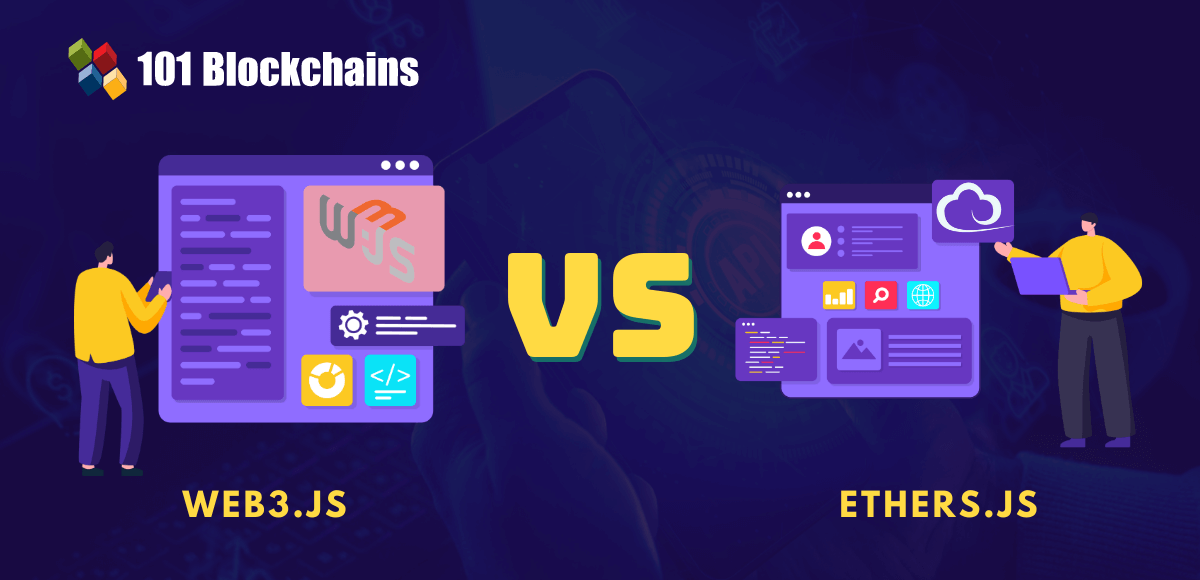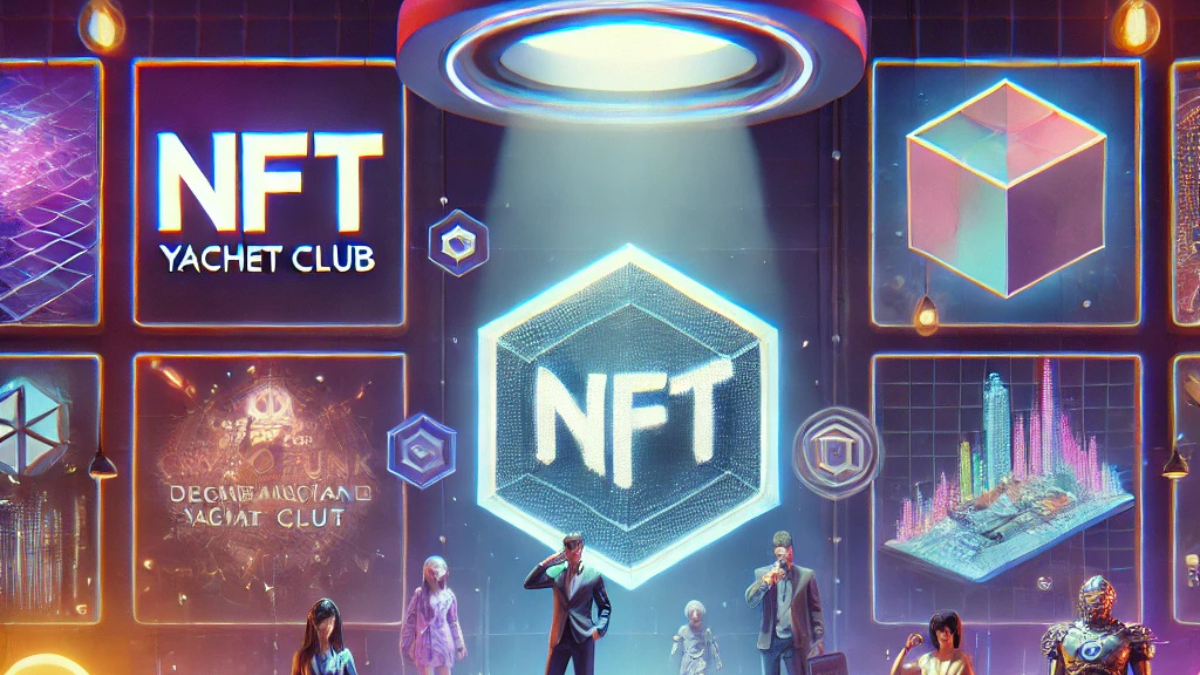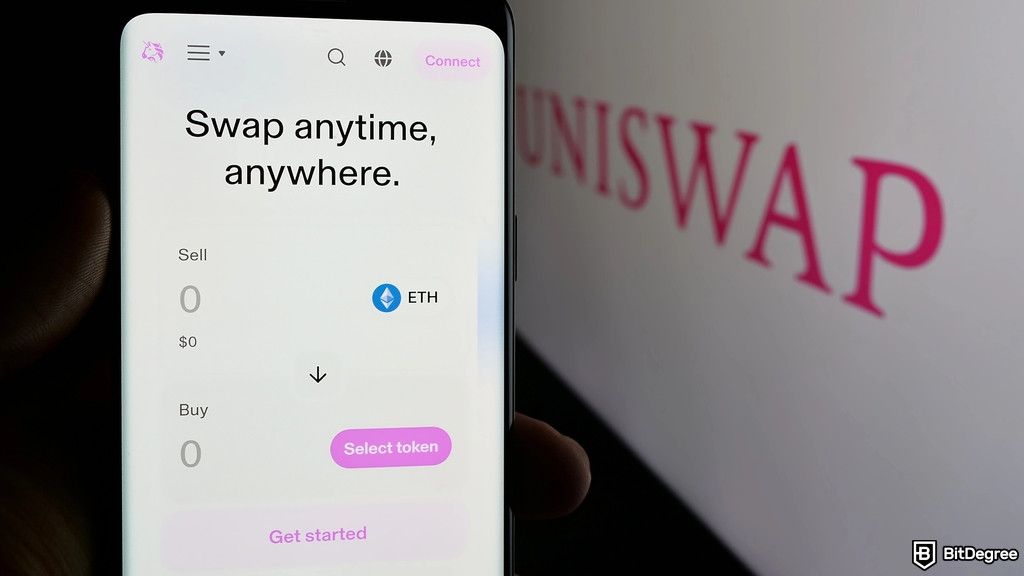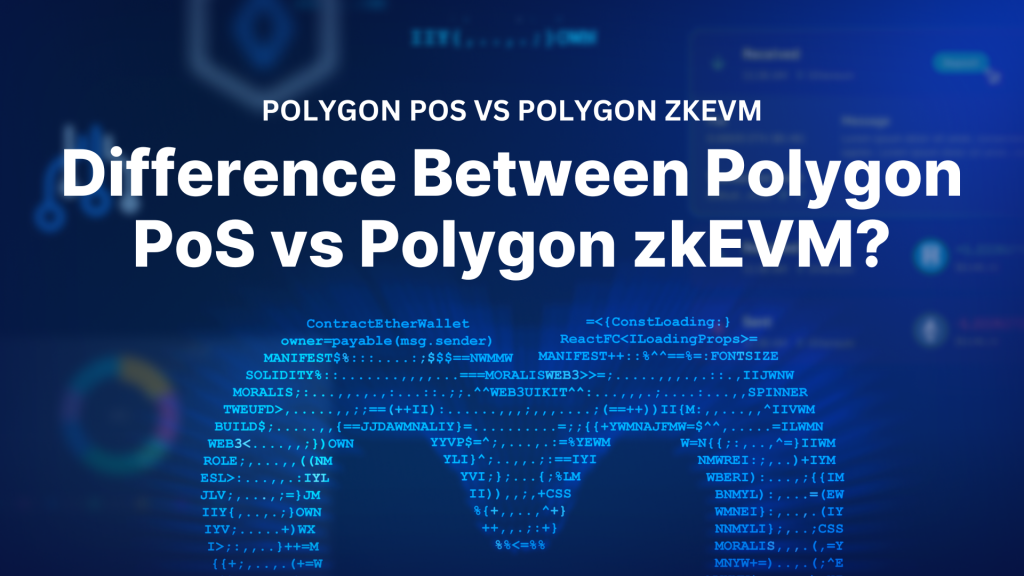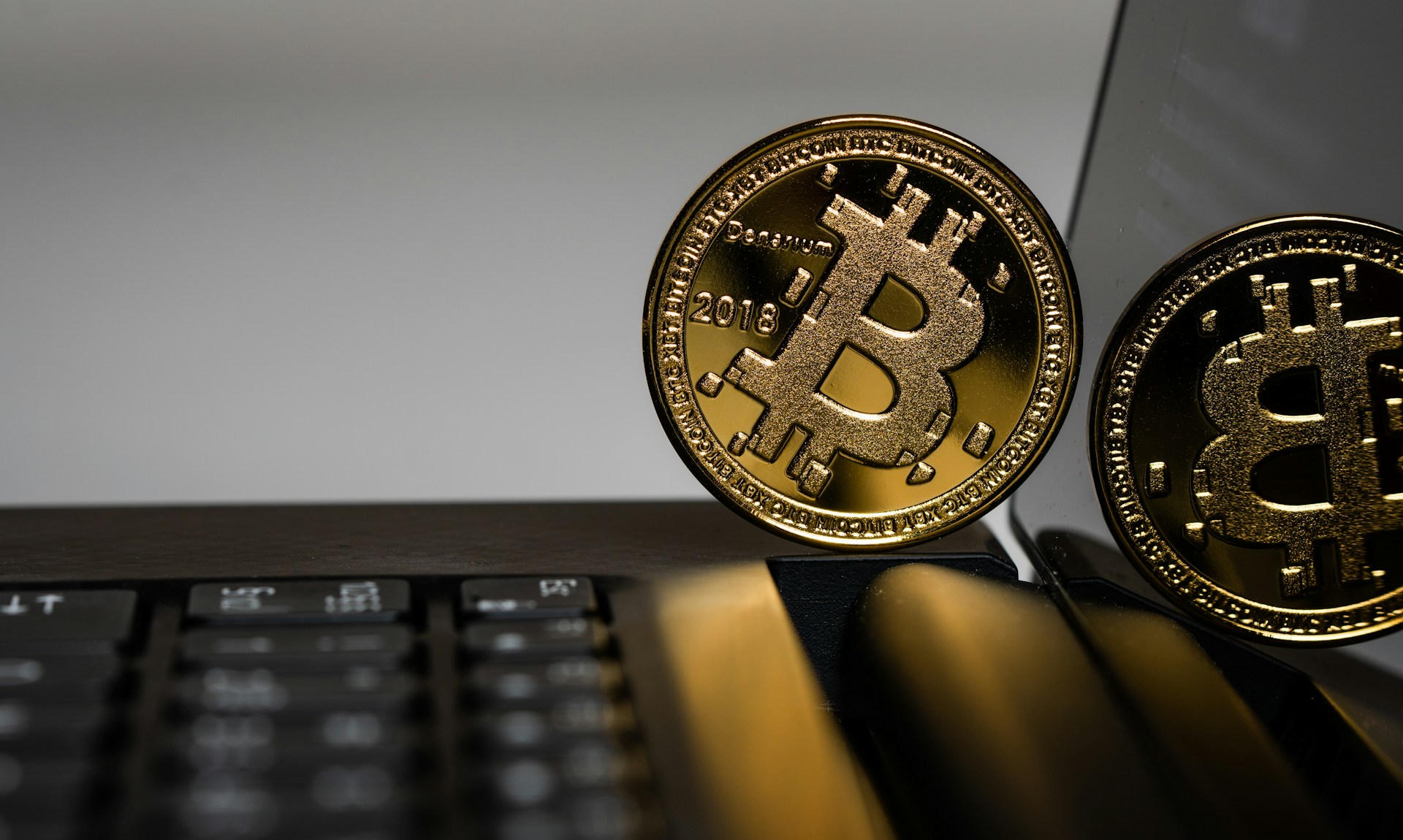Halving is no longer magic, but not yet a messiah.
What it is?
For the functioning of the blockchain platform, miners are required — users who, using powerful equipment, solve cryptographic equations and add new blocks to the blockchain. Their activity (mining) is considered the only way to issue Bitcoins. As well as some other blockchains and their cryptocurrencies. There is a special reward for it, which is periodically halved as a result of halving. Halving is an event when the amount of payment for cryptocurrency mining is halved compared to what it was before. It does not only apply to Bitcoin, but the example of a pioneer is the easiest to explain. The first Bitcoin halving happened in 2012. Then the reward was reduced from 50 to 25 BTC per found block. After two more similar events, the reward was 6.25 BTC.
Since a block is added in about 10 minutes, and the halving is programmed every 210,000 blocks, this event automatically happens every 4 years. Since it is impossible to mine more than 21 million Bitcoins, the last block will be added in 2140 after 64 halvings. Similar actions occur on other blockchain platforms, but with different timing algorithms than Bitcoin.
Why is halving necessary?
Bitcoin is a project that works better than the current financial system. After all, for example, the Central Bank today is able to issue fiat currency in unlimited quantities. And if they print a lot, the laws of supply and demand ensure that inflation begins to rise, that is, money depreciates. With Bitcoin, this should not happen, since the halving process is embedded in the cryptocurrency protocol. It turns out that it becomes more difficult to mine coins, which increases the value of BTC. Bitcoin is compared to gold. There is a limited amount of the precious metal in the world, and with every ounce mined, the rest of the gold becomes harder to mine. Thanks to this, the asset retains its value for thousands of years. Due to the limited supply and halving, there is a high probability that Bitcoin will not succumb to inflation and become the most valuable store of value, like gold.
How does halving affect the price of cryptocurrency?
We figured out what halving means. The following conclusions follow from this:
– a year and a half after the halving, the cryptocurrency rate reaches a peak level;
– the price of the asset reaches a minimum about a year after the peak, amounting to about 17% of the peak value;
– in the future, the price does not fall below the minimum mark fixed before the peak.
This process forms the conditions for the natural growth of cryptocurrency. It should be considered a “triggering event” for the start of a new cycle. It is recommended to buy Bitcoin and other cryptocurrencies shortly before or after the halving a year after the peak value when the price is minimal. But at the same time, keep in mind the growing role of the general economic situation in world markets and their directive influence on the cryptocurrency market. Remember about halving, but always take into account general trends in the markets.
In addition, analysts talk about the dependence of the price of altcoins on Bitcoin. That is, after the growth of the main asset, it pulls up the rest of the crypt. Therefore, focusing on halving, it is possible to invest not only in Bitcoin, but also in Ethereum, Ripple, Tron, DASH, and so on.
Reasons why halving affects Bitcoin and other cryptocurrencies
There are a number of reasons for this phenomenon:
1) Increased interest from market participants. The fact is that the date of halving is known in advance. Users are aware that the reduction in miner fees will cause some shortage of cryptocurrency, so they are trying to buy coins. An increase in trading volumes means an increase in popularity, which naturally causes a price increase.
2) Complicating the extraction of the crypt. The difficulty indicator does not always increase. Even if the hash rate remains stable, the miners get less for their work. They require twice as much computation as before the halving to earn the same number of coins. That is, more computational and time costs are required, which logically leads to an increase in the value of Bitcoin.
3) Decreasing supply. Users often purchase Bitcoins and store them for years (such market participants are called holders). After the halving, fewer new coins enter the circulation, so it is more difficult for newcomers to buy an asset. Because of this, the rate increases.
When will the next bitcoin halving happen?
As already mentioned, Bitcoin halving occurs not by date, but by block number — every 210,000 blocks. Since the approximate speed of block creation (10 minutes) is known, it is possible to calculate the date of the fourth event. There are also sites (for example, BitcoinClock) showing the countdown to halving. According to them, the fourth time the reward of miners will decrease is in the spring of 2024. Further, the reward will be 3,125 BTC.
As for other currencies that use the halving algorithm, like litecoin, bitcoin cash, chia, and others, the timing of events should be monitored according to their plans.
Halving Risks
A regular decrease in payouts can make mining particular crypto unprofitable. If mining ceases to pay off the costs of equipment and electricity, a mass exodus of miners is possible. This will cause a decrease in network power and an increase in mining difficulty. The value of the coin will be shaken, and even a price collapse is possible. For Bitcoin, such a situation is unlikely today, although ping an eye on such parameters in the context of y crisis. But such a risk is growing for other cryptocurrencies that use the halving algorithm to stabilize the growth in demand for their currency. Although the remuneration is systematically reduced, this also leads to an increase in the exchange rate. That is, users, mine fewer coins, but receive the same amount of fiat currency, and maybe more. The last Bitcoins will be mined in 2140. But even then, miners will be motivated to continue verifying and confirming transactions. After all, it is assumed that in the future the cost of transaction fees will increase in the Bitcoin network and other platforms.
For miners, each new halving is a challenge and an increase in risks, so lately miners have been trying to hedge their risks before and after the halving. According to Coin Metrics, as bounty cuts repeat and large investors come in from the traditional market, mining companies will be forced to look for ways to hedge risk. Now miners do not know how to calculate hash power in a way that effectively reduces the risks, but also preserves the profitability of mining. For example, CoinMetrics believes that if the price of bitcoin does not increase after the halving, the hash rate in the bitcoin network could collapse by about 30–35%. The same trend applies to other platforms as well. Going forward, the risks are even higher as the bitcoin network and other cryptocurrencies have recently seen an increase in activity on a number of indicators, including an increase in price, hash rate, trading volumes, and search queries, where the lack of immediate sustainable growth after the halving can hit both miners hard. as well as hodlers. If we recall the situation of the last bitcoin halving in 2020, then the expected growth in the rate did not happen, but there was a drop in value. The fact that bitcoin and other cryptocurrencies do not rise in price before halving is also due to the fact that many farms are now selling crypto to cover the costs and losses caused by crisis moods. The reason for the sale may be the need to purchase new equipment and cover high energy costs. In addition to the crisis and unstable geopolitical environment that are slowing down the development of the blockchain industry, pressure on the price of Bitcoin and other cryptocurrencies is also coming from miners who are preparing for halving by selling all their coins to support operations.
With the halving approaching, the debate about its impact on the price of cryptocurrencies does not subside. The community is divided into two camps:
· some, referring to the efficient market hypothesis, believe that the upcoming halving of the block reward has already been appreciated by industry participants.
· Others are sure that the effect of the halving is still not fully appreciated by the market. In their opinion, the upcoming event will prepare fertile ground for the price to rise due to lower inflation, which will make digital gold even more scarce.
But it is also worth understanding that the last halving, for example, Bitcoin in 2020, took place in a bear market, where there was nowhere to grow. A similar situation is in 2023, and for bitcoin, it is possible in 2024.
The intensity of the debate about the impact of halving on price is partly due to a lack of empirical evidence. For all the time of its existence, Bitcoin, for example, has survived only a few halvings so far. Only a small part of other coins on the Proof-of-Work algorithm also went through this. Discussions stalled due to the lack of common terminology, the small amount of data for analysis, and the unavailability of some other important information.
Advantage of halving
In addition to the above risks, halving still has several advantages:
1. Prevents inflation
2. Stimulates the growth of the bitcoin rate
3. Gives the industry time to develop
With regard to development, it is worth adding a few words.
As mentioned above, cryptocurrency mining is not a cheap service, since the process of mining coins requires considerable computing power, expensive equipment, and consumes a lot of electricity. Due to the nature of bitcoin and other cryptocurrencies, both one miner and a million can mine a coin. Bitcoin made this possible by creating the concept of mining difficulty, an algorithm that lowers or raises the level of difficulty depending on the number of miners and the amount of computing power involved. Thanks to this feature, it takes about 10 minutes on average to find each block, regardless of the amount of power involved. Otherwise, with an increase in the number of miners, computer power would also increase, and an increase in the number of resources, in turn, would lead to an acceleration of the block-mining process. In this case, 21 million bitcoins would have been mined much faster. But then no one would be mining just to keep the bitcoin network functioning, especially at the beginning of the cryptocurrency journey, when few people used the coin to make transactions. Thus, halving performs another task — it maintains the interest of miners while bitcoin and other cryptocurrencies develop and attract new users. When all coins are mined, miners will profit from their efforts and earn from transaction fees instead of mining new coins. But for this process to be profitable, any cryptocurrency using the halving algorithm and mining must become mainstream and be used around the world. And any development implies an increase in added value and demand for an asset, which is Bitcoin itself and other altcoins that use halving to stimulate value growth.
Let’s go back to the Bitcoin example.
Since Bitcoin is a deflationary payment system, and fewer and fewer coins are mined every day, its value is growing. It is estimated that by 2140 the last bitcoin remains will be mined. But it will be possible to continue working for a reward from transactions — transaction fee. According to the idea of the creator (Satoshi), by this time the whole planet will use bitcoin, and 1 bitcoin will cost more than a billion dollars, and the reward for the commission in the block will be significant. Therefore, miners will continue to solve the mathematical problem of choosing the right hash in order to close the block of transactions and receive their reward. Thus, miners continue to fight fiercely for the mined block, despite halvings and their impact on the profitability of mining.
Examples of halving other cryptocurrencies. Litecoin
Estimated date of the next Litecoin network reward halving: is August 05, 2023. The block mining reward on the Litecoin network is halved for every 840,000 blocks mined. At the next halving, the reward for solving will decrease from 12.5 to 6.25 LTC coins. The economy of Litecoin is based on a deflationary model, the same as that of Bitcoin. Litecoin is also similar to gold in its emission policy, the essence of which is a limited number of Litecoins, which become more difficult to mine with the onset of each halving period. With each new Litecoin mined, the network approaches the maximum value, which is exactly 84 million coins. If the demand for them increases over time, Litecoin can be used as a hedge against inflation, as the price will inevitably increase based on price equilibrium.
On the other hand, fiat currencies (such as the US dollar) inflate over time (inflation process) as the money supply increases, resulting in a decrease in purchasing power. This is known as inflationary monetary policy. A simple example would be to compare house prices decades ago and you will notice that they have risen over time! Since the release of new Litecoins is known in advance, people can rely on a programmed/controlled supply of this asset. This is useful for understanding what Litecoin’s current inflation rate is, what the future inflation rate will be at a given point in time, how many Litecoins are in circulation, and how much is left to mine.
Conclusion
We have defined what mining halving is, and based on this definition, we can say that the idea of halving the block reward to miners is one of the key innovations that allowed Bitcoin and other cryptocurrencies to reach their current level of development. It also clearly demonstrated the absence of the need for a centralized authority to control the issue and circulation of money.
Written by Sergey Golubev (Сергей Голубев)
Crynet Marketing Solutions, vtorov.tech, EU structural funds, ICO/IDO projects, NGO & investment projects, project management







